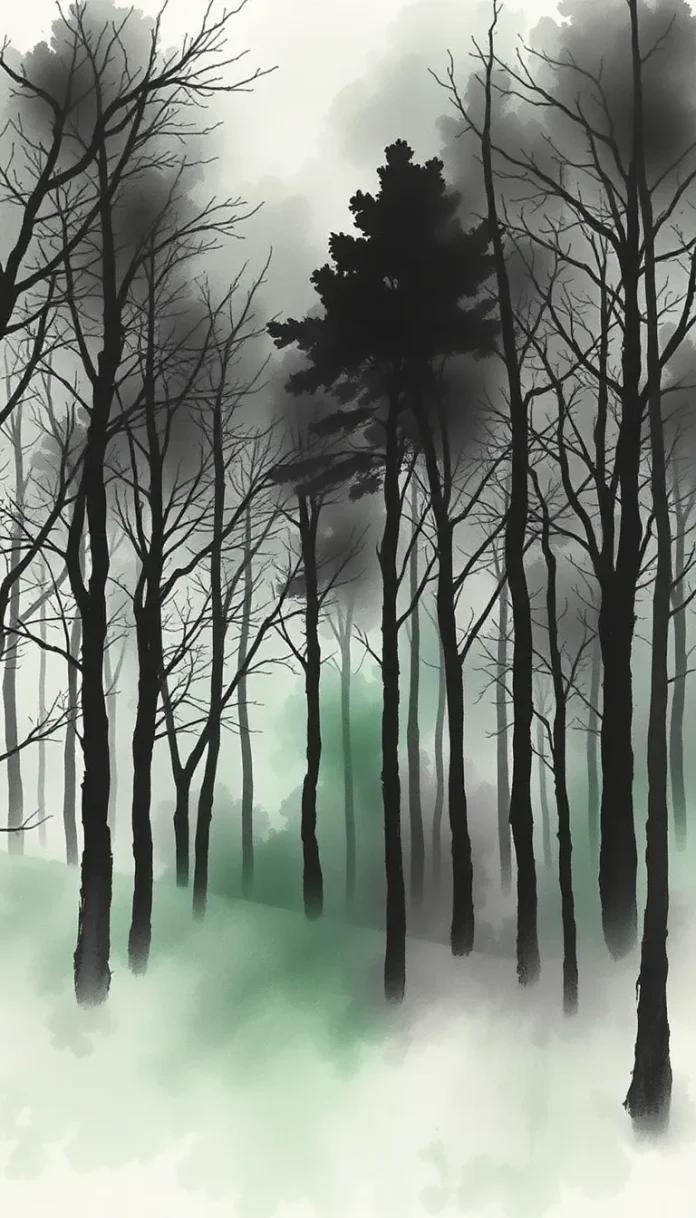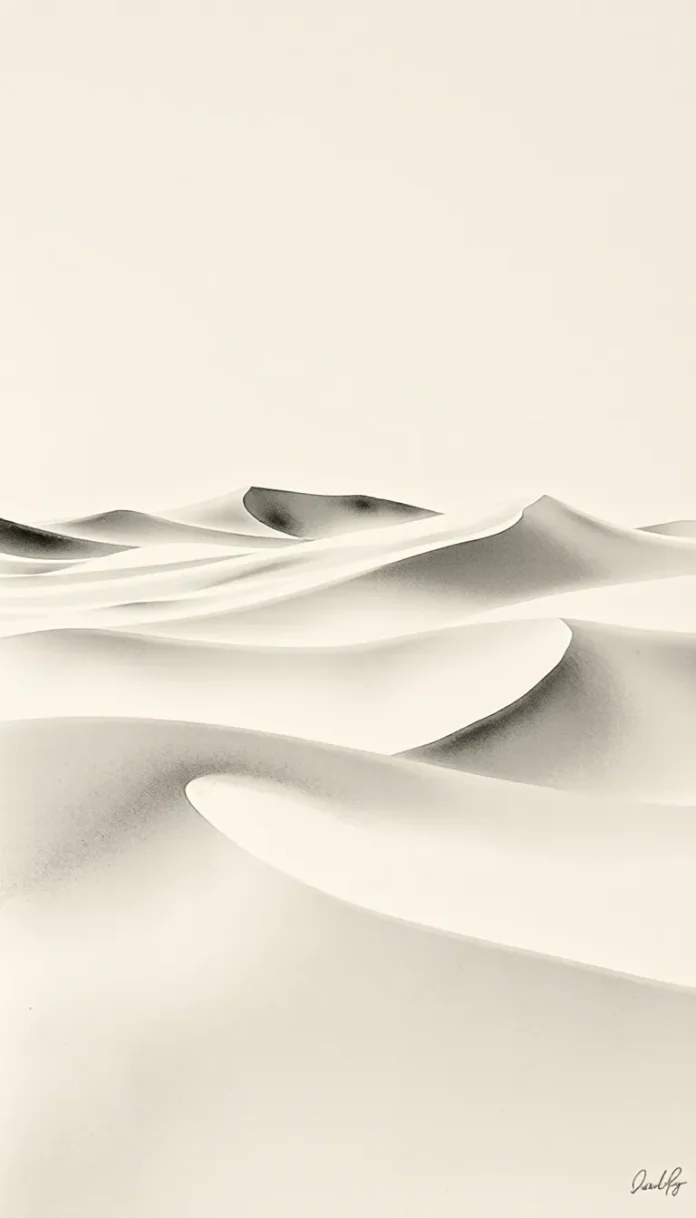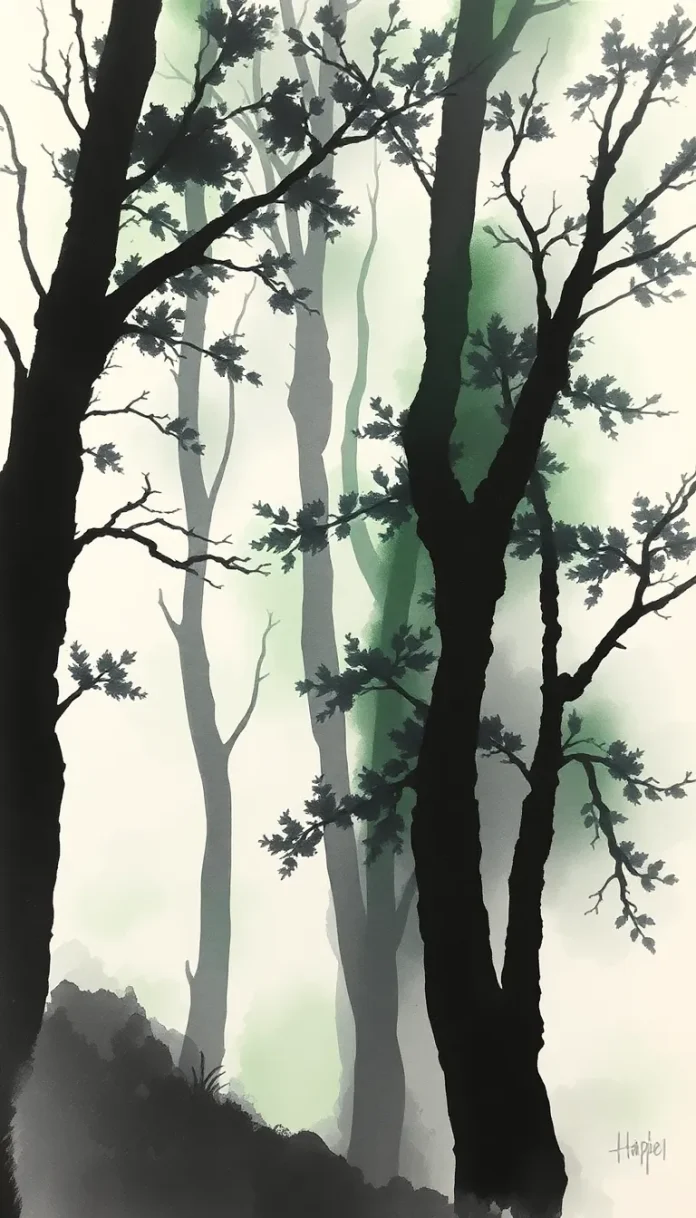Cascading Shadows in the Twilight Alley
Beneath a vault of sullen grey, the narrow passage twists like a living serpent, its walls etched with memories of lost fervors and despairing destinies. Each stone seems stained by the weight of the human condition, an enduring testament to mortal frailty and the capricious hand of fate. It is in this sacred gloom that our protagonist treads, burdened yet undeterred, compelled by a desire to grasp even the faintest echo of light amid the encroaching shadows of fatality.
I.
In the silence of the alley, where time itself appears to weep, our solitary wanderer begins a journey of introspection and longing. The cobbled path is not merely a route through the physical world—it is the corridor of memory and desire, an avenue where each step is a verse in the ballad of existence. A soft rain, like a thousand muted violins, cascades from the clouded heavens, draping the ancient stones in a shroud of melancholy.
With eyes that reflect the icy luminescence of distant stars, the soul contemplates the paradox of life: the simultaneous beauty and cruelty inherent in human fate. “What light,” it muses in a hushed inner dialogue, “can be salvaged from the depths of despair? Can a mere ember defy the relentless march of dusk?” In this silent soliloquy, the inner voice reverberates like a solitary bell tolling the inevitability of sorrow.
II.
The alley, a labyrinth of time-worn recollections, serves as both a companion and an adversary. Along its winding length, figures from a bygone era appear to materialize—flickering silhouettes born of relics and memories. A dismal streetlamp casts a feeble glow upon cracked facades, where the mirrored images of passers-by merge with phantoms of heartache. These are not merely apparitions, but the embodiments of lost promises and unfulfilled quests, mirroring in their silent sorrow the plight of our wanderer.
A weathered door, its surface scarred by ceaseless years of solitude, swings open to reveal a hidden chamber near the terminus of the alley. Here, beneath the shadow of time, the soul encounters a solitary figure seated upon a timeworn bench. This enigmatic character, known throughout whispers of the city as the Keeper of Remains, offers no words save the soft clink of a dropped coin and the weary sigh of acceptance. Their eyes meet, and in that moment, an unspoken dialogue unfurls—a dialogue of fate, loss, and the ceaseless yearning for meaning.
III.
“Who art thou,” in a voice both tender and resolute, asks Âme en quête de lumière, “that dares traverse these paths where even hope itself appears to have retreated into memory?”
The Keeper responds with words as fragile as twilight:
“Herein lies the stage where the dance of destiny proceeds unabated. In every heart that beats, the dual spectres of joy and sorrow twine like lovers and adversaries.”
Thus begins an unhurried exchange between two souls battered by the inexorable currents of fate. The dialogue, as calm as the murmur of a forlorn brook, weaves through the labyrinthine passages of human frailty. Over cups of bitter tea shared beneath the faint glow of a gaslight, they recount tragedies and triumphs, fluttering like autumn leaves in a storm of recollection.
IV.
The narrative of our wanderer unfolds amidst the clatter of fleeting footsteps and the persistent drip of rain. With each measured stride, Âme en quête de lumière recalls erstwhile days—a time when laughter and hope were not strangers, yet divine illusions. In fervent monologues penned by longing and regret, the soul re-enacts encounters that have both uplifted and undone it.
Memories flood in torrents: the echo of a farewell murmured in a lover’s embrace; the melancholic strains of a farewell ballad sung in a quiet parlor; the trembling last words of a confidant whose life was snatched by the caprice of fate. Yet despite the grim tapestry of these recollections, the soul clings to the elusive promise that light might still break through the oppressive veil of fatality. Even as the night deepens and the riddle of existence grows ever more enigmatic, the voice within remains defiant, questioning whether destiny’s cruelty may yet give birth to a tender redemption.
V.
In one such reverie, the alley becomes a stage for legends—a scene where time unites disparate destinies in a portrait of stunning beauty and aching sorrow. The rain’s soft cadence provides the rhythm to a narrative replete with metaphors: the alley itself is a sepulchre of forgotten aspirations, and each puddle below reflects shards of yesterday’s unfulfilled dreams. Amid these murky reflections, Âme en quête de lumière envisions the possibility of a luminous transformation, a moment when the bleak indigo of despair might yield, if only briefly, to a luminous dawn.
The night is punctuated by the restless murmurs of memory and fate. A solitary figure emerges from a haze of smoky streetlight—a poet, much like our wanderer, burdened by the sublime agony of self-awareness. He belts a stanza to the night, his verses dancing like ephemeral specters:
“Beneath the pallid gaze of destiny’s star,
We wander, scarred by life’s eternal war;
Yet in each broken heart, a flame persists—
A beacon in the void where sorrow twists.”
The words, uttered with a tremulous sincerity, shimmer with the dual brilliance of hope and inevitable despair. The poet’s eyes, alight with both resignation and fervor, mirror the inner battle of our solitary soul, forging a kinship anchored in the shared pain of human existence.
VI.
As the hours wane, the scene grows more somber—a quiet dissonance between the hopeful and the inexorable decay of time. A cold wind sweeps along the alley, extinguishing even the faintest sparks of defiant light, leaving behind only the muted grey remnants of a night too sorrowful for redemption. The dialogue between memories and the present reaches its zenith in a confrontation with the immutable truth: that fate, with its cruel apparatus of loss, often tramples upon the tender blossoms of the human spirit.
Our wanderer, standing at the crossroads of memory and oblivion, paces slowly. In a hushed monologue, reflective and resigned, the soul contemplates the irrevocable nature of destiny:
“Is it not the essence of our mortal plight to seek a light that forever recedes? Even as the flame shudders against the tempest of fate, must we not continue our frantic pursuit, knowing full well that the night will never yield to dawn?”
This inner refrain resounds through the silent, rain-washed corridor, a melancholy dirge echoing the profound sorrow of human frailty.
VII.
The narrative takes a fated turn as the old alley, a silent spectator to countless human dramas, grows more oppressive. The once subtle reflections of hope give way to deeper shadows, and the faint beat of a heart seems to slow before succumbing to the relentless force of destiny. In a final, poignant encounter, Âme en quête de lumière finds itself before a great mirror—a relic left behind in an abandoned doorway, a reflective surface that appears to hold the collective sorrows of generations.
Peering into its depths, the soul glimpses an image not entirely its own—a vision of every tear shed on lonely nights, every whispered regret, and every silent prayer cast upon the winds of time. In that moment of profound introspection, the truth becomes as clear as the delicate filigree carved upon the ancient glass: the pursuit of light is itself a futile rebellion against the inevitable embrace of darkness.
VIII.
In a fraught dialogue with its own reflection, our wanderer speaks softly, as if addressing a long-lost companion:
“Have I, in my ceaseless journey, become nothing but the forlorn echo of a dream deferred? Do my feet wander these weary stones, guided by a hope that is already consigned to the annals of sorrow?”
The mirror, as if moved by some deep, ineffable empathy, offers no answer but reflects back the myriad facets of the soul’s anguish. In the silent communion between self and shadow, there is no solace—only the bitter taste of truth. For in the relentless advance of fatality, every quest for illumination is destined to be quenched by the indifferent hand of time.
IX.
The tapestry of the night grows ever more intricate and cruel, each thread woven with the inevitability of human frailty. The solitary soul’s footsteps, once laden with a glimmer of hope, now seem to tread upon a mosaic of despair. Every stone, every drop of rain, every fleeting reflection in a tarnished puddle testifies to the ongoing martyrs of a bygone era—a time when men dared to dream even as the relentless march of fate rendered their aspirations ephemeral.
In the final hours before the distant promise of dawn, our wanderer pauses. The rain subsides to a gentle patter, and a stiff, cold breeze reminds the soul of its own fleeting mortality. It is now that the realization, stark and uncompromising, settles upon the heart: that in the grand ledger of existence, every light, however bright in its momentary glow, must eventually surrender to the shadows that have always ruled the night.
X.
With a heavy heart and trembling resolve, Âme en quête de lumière steps forward one last time. The alley, having borne witness to the full measure of its passion and despair, seems to exhale a final breath—a silent benediction to the ephemeral nature of hope. As the rain returns gently, each droplet symbolic of a tear long withheld, the faint glimmer of light that had been chased so fervently now wanes, swallowed by an inexorable darkness.
In an act of poignant finality, the wanderer kneels upon the worn cobblestones, allowing the last vestiges of hope to mingle with the cold stones beneath. Here, in a moment both poetic and tragic, the soul surrenders to the relentless tide of fate—a wistful homage to a quest that was as beautiful as it was doomed. The soft murmur of the alley becomes a requiem, echoing through its narrow corridors:
“Though we wander in pursuit of light,
The inevitable veil enshrouds us all;
In each quest, a spark may briefly ignite,
Yet in the end, to shadow we must fall.”
XI.
The melancholy strains of this silent ode are further heightened by the quiet farewells of passing figures—a beggar huddled under a threadbare cloak, a solitary wanderer whose eyes mirror a thousand unspoken sorrows. Their fleeting murmurs, carried away by the chill breeze, seem to lament the relentless cycle of hope and despair that binds them all. In these hearts, too, the eternal struggle of the human condition is writ large, each life an epic of desire against overwhelming odds, each destiny a symphony of light battling the encroaching dark.
In the midst of this somber convergence, a final voice emerges—a quiet, resigned soliloquy that captures the essence of the human plight:
“Is it not the nature of all that we, the seekers and the strayed,
Must embrace the sorrow that shadows every smile?
For in the twilight of our journey, as our dreams begin to fade,
We find solace in knowing that even the brightest flame must reconcile
With the darkness that beckons, the fate that binds us tight,
A constant reminder that all that glitters is fleeting as the night.”
XII.
As the night deepens, so too does the weight upon the soul’s heart. The once-hopeful spark, kindled by a fervent desire to transcend the mortal coil, now dims beneath the inexorable rule of fatality. The alley, with its quiet majesty and unsparing judgment, stands as a silent monument to the eternal verity: that every light must one day be swallowed by the darkness from whence it came.
In a final, heartrending moment, as the first pale hints of an unpromised dawn glimmer at the margins of the blafard sky, our solitary spirit embraces its sorrow. With trembling hands, it touches the cold, wet wall and, in an act of tender resignation, whispers to the night:
“Farewell, elusive radiance. Thou art the dream of every soul yet bound by mortality. In your fleeting glow, I sought a mirror to my own heart; now, in your absence, I am left to dwell in the quiet abyss, a testament to all that is lost and never found.”
XIII.
Thus, the alley claims its final tribute—a bittersweet elegy for a soul who dared to seek the light, even as fate decreed that darkness would prevail. The ancient stones, steeped in centuries of lament, hold fast the memory of this quest, inscribing it upon their weathered surfaces as if to assure future wanderers that though the path may be luminous for but a moment, the inexorable grip of fatality will ultimately reclaim every spark.
And in that solitary, desolate silence, where the soft drizzle of rain echoes the cadence of a final heartbeat, the human condition unveils its tragic truth. For every soul born into the twilight of fate must, in time, acquiesce to the melancholy rhythm of a life lived in vain hope; a hope that shines only briefly before surrendering to an overwhelming, inevitable sorrow.
In the dimming years of that mournful night, the final image remains: a solitary figure, Âme en quête de lumière, now bowed beneath the weight of its own relentless pursuit—its light diminished, its heart shattered by the cruel decree of destiny. The echo of its journey lingers like a wistful sigh in the cold air, a poignant reminder that in the vast theater of existence, even the most ardent search for illumination ultimately succumbs to the all-encompassing embrace of the dark.
So ends the tale of the solitary soul in the Vieille ruelle sous un ciel blafard—a narrative of beauty and grief, of hope and despair, woven into the fabric of time like an elegy for all mortal dreams. The alley, silent and eternal, remains the keeper of this somber legacy: a testament to the condition humaine and the unfaltering march of fatality, concluding in a silence that is as tragic as it is inescapable.


